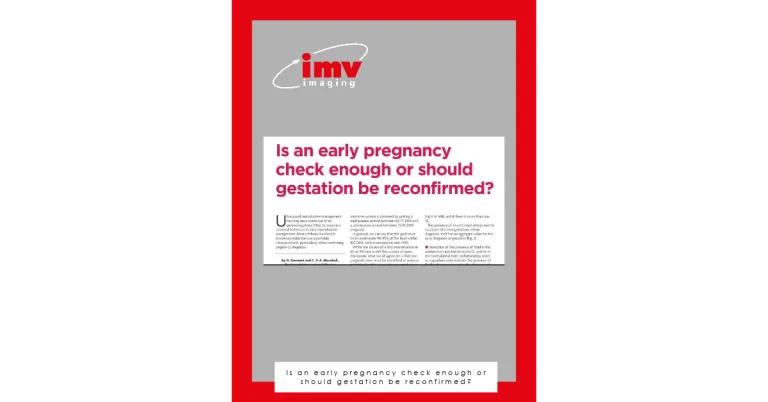
28.08.2024

Ultrasound reproductive management has evolved significantly since its early days in the 1990s, establishing itself as a universal technique in dairy reproduction management. Today, the majority of professionals involved in bovine reproduction rely on portable ultrasound units, particularly for confirming pregnancy diagnoses. As highlighted by G. Gnemmi and C. V. A. Maraboli from Bovinevet International, the speed and accuracy of bovine ultrasonography, compared to traditional methods such as manual palpation, have made it the preferred choice for both reproductive and internal medicine in dairy herds. Although manual palpation and newer biochemical tests are still in use, the adoption of ultrasound technology for early pregnancy detection continues to grow, poised to eventually replace older methods entirely.
The economic benefits of early and accurate pregnancy detection are substantial. A 30-day pregnancy can cost a breeder approximately $300, with variations depending on factors such as parity, days in milk (DIM), and geographic location. Farmers aim to achieve pregnancies in cows and heifers as soon as possible to optimize economic performance. By integrating a re-synchronization program with early ultrasound diagnosis, the inter-artificial insemination (AI) interval can be reduced, improving conception rates and ensuring a higher percentage of pregnancies within the herd. This proactive approach not only enhances reproductive efficiency but also supports strategic decision-making for managing non-pregnant animals effectively.
Want to know more? Download the free article here !

